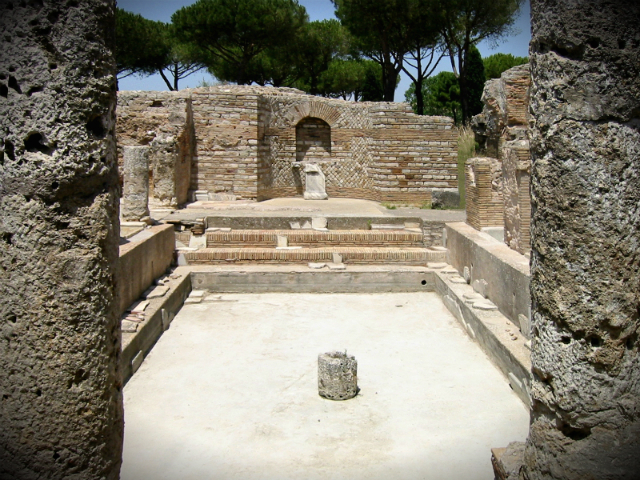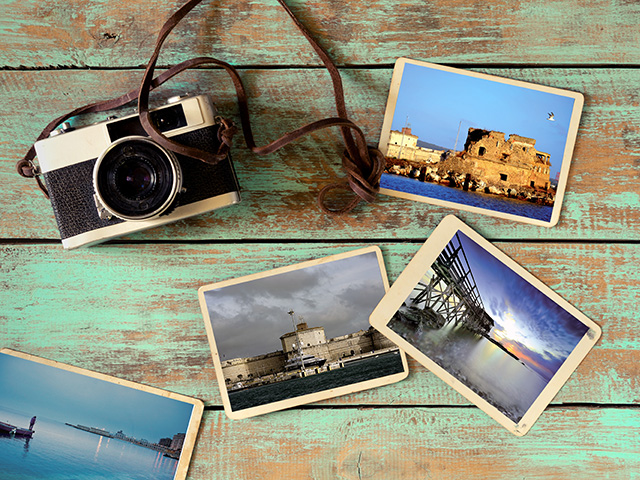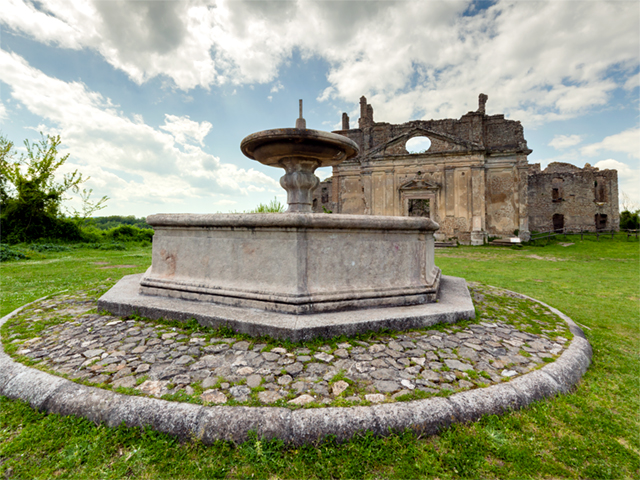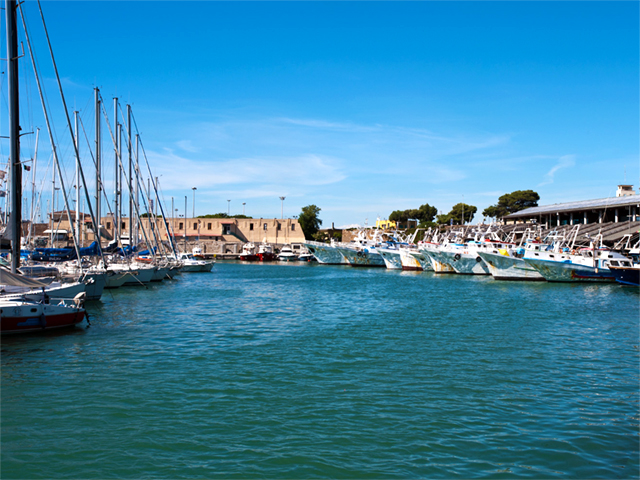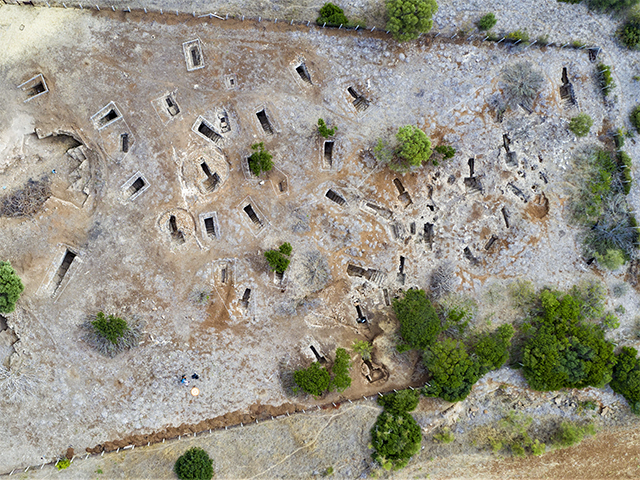Historic Port of Civitavecchia
Fort Michelangelo, Vanvitelli Fountain, Porta Livorno, the Rock, Roman Dock and the Molo del Lazzaretto: an itinerary to discover the monuments of the Port of Civitavecchia.LENGTH

1-2 hours
Difficulty

Easy
Budget

Low
Route stops
- Fort Michelangelo
Everything you must know about Fort Michelangelo, the fortress symbol of the Port of Civitavecchia: history, curiosities, useful information and new developments.
- The statue Kissing in Memory of a Port
Find out about the new statue “Kissing in Memory of a Port” in Civitavecchia. Where is it, the history, the features, a photo gallery and additional information.
- Vanvitelli Fountain
Discovering Vanvitelli Fountain, one of the most important monuments of the Historical Port of Civitavecchia: history, location and curiosities
- Porta Livorno
Porta Livorno is a very prestigious architectonical work by will of Pope Clemens XIII to connect Civitavecchia with its Port
- The Rock of Civitavecchia
The Rock of Civitavecchia: the ruins of a Medieval castle in the heart of the historical port.
- The Darsena Romana in the Port of Civitavecchia
The Darsena Romana of Civitavecchia: location, history and curious facts to know
- Roman Galley Liburna at the Port of Civitavecchia
Discover the life-size reconstruction of a Liburna, ancient galley of the Roman fleet exhibited at the Roman Darsena in the Port of Civitavecchia
- Molo del Lazzaretto
Fort St. Peter in the ancient Lazzaretto Dock is one of the most suggestive monuments of the Port of Civitavecchia
Everything you must know about Fort Michelangelo, the fortress symbol of the Port of Civitavecchia: history, curiosities, useful information and new developments.
Find out about the new statue “Kissing in Memory of a Port” in Civitavecchia. Where is it, the history, the features, a photo gallery and additional information.
Discovering Vanvitelli Fountain, one of the most important monuments of the Historical Port of Civitavecchia: history, location and curiosities
Porta Livorno is a very prestigious architectonical work by will of Pope Clemens XIII to connect Civitavecchia with its Port
The Rock of Civitavecchia: the ruins of a Medieval castle in the heart of the historical port.
The Darsena Romana of Civitavecchia: location, history and curious facts to know
Discover the life-size reconstruction of a Liburna, ancient galley of the Roman fleet exhibited at the Roman Darsena in the Port of Civitavecchia
Fort St. Peter in the ancient Lazzaretto Dock is one of the most suggestive monuments of the Port of Civitavecchia
If you have a couple of spare hours before embarking on your ship o jumping on the next train, we recommend a short itinerary to discover the evocative monuments of the Historic Port of Civitavecchia.
BOOK NOW A GUIDED TOUR OF THE HISTORIC PORT
A LITTLE BIT OF HISTORY
You must first of all know that the port of Civitavecchia, has been known since ancient times as the Port of Rome, and is also known as Centumcellae. Built by command of emperor Trajan between 103 and 110 AD, it ows its name to the presence inside the dock of a hundred clefts (cento anfratti) used for collecting goods.
Still today it is considered a top-level engineering model: the work, actually, does not take advantage of the natural shape of the coast, but it radically modifies its essence foldinf the construction of multiple artificial elements that delimite a wide basin with shores, walls, towers and forts. To complete the work, there is a curved breakwater placed in front of both piers (Bicchiere and Lazzaretto) to allow the passage also to bigger ships.
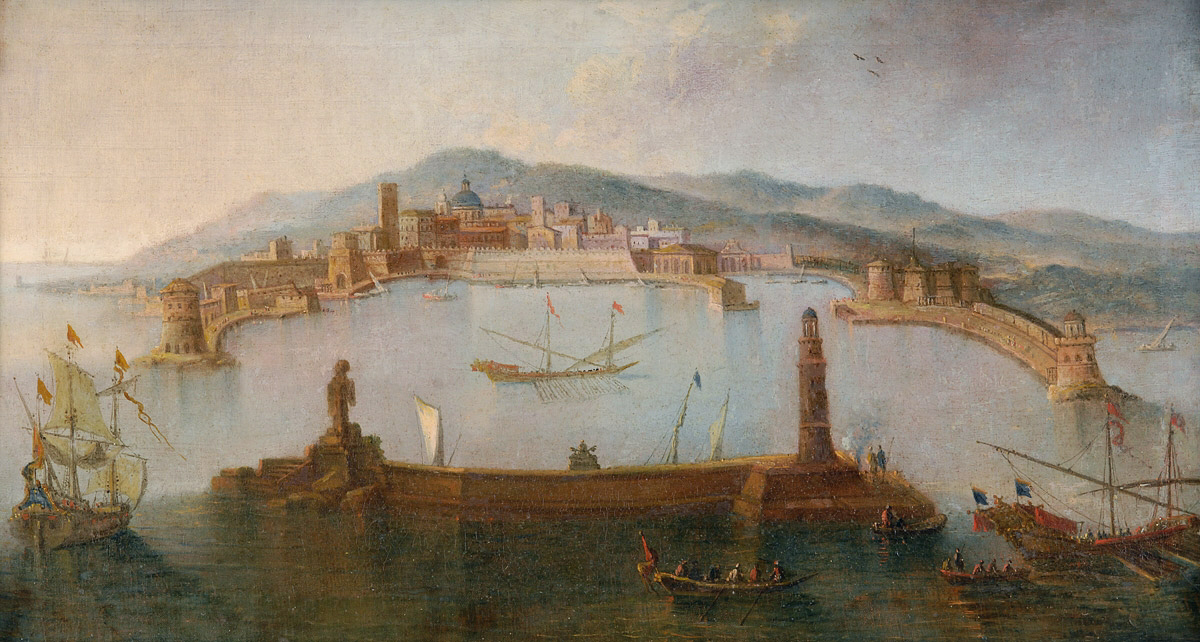
The Port of Civitavecchia in an old painting
Over the years, the base of the Roman structure has never been altered. The many Popes that followed each other, limit themselves to add monuments or to build new defensive structures, asking to do the works to leading personalities, such as Bramante, Michelangelo, Antonio da San Gallo and Bernini. To this fact we owe the works that are still today present in the port and that we will visit during our itinerary.
THE ITINERARY
1. Our visit can start from the imposing sixteenth-century building that takes the name of Fort Michelangelo: one the most important military architectonical structures of the Lazio coastline. Commissioned by Pope Julius II to Bramante to defend the port from the constant pirate incursions that, from the fifteenth century, threatened the security of the city. According to many sources, the building of the highest towers, the so-called maschio, was entrusted to Michelangelo Buonarroti, from whom it takes its name.
Fort Michelangelo is located in the East side of the historic port and with its imposing outline, it does not go unnoticed, even to the most absent-minded.
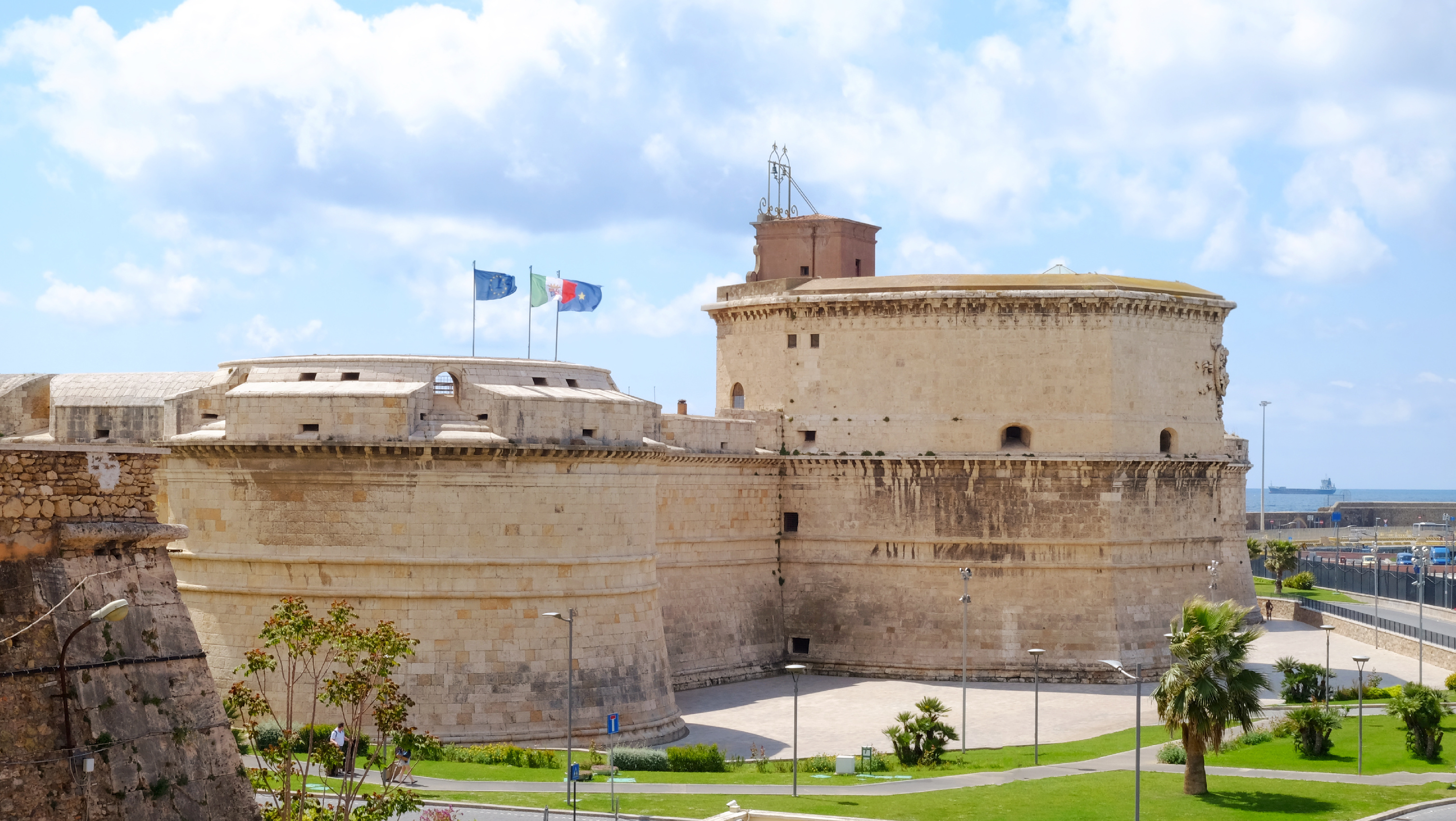
Fort Michelangelo - Civitavecchia
2. Near Fort Michelangelo, close to Molo del Bicchiere, you can admire the statue “Kissing in Memory of a Port”.
Ivana Puleo is the creator of the project. The statue was designed by the Marinelli Foundry, thanks to the contribution of private donors and operators in the maritime and port sector.
The monument, made in bronze, was created to remember people who left the port of Civitavecchia for war, often without returning.
It was created also to rebuild a “memory” lost on 14th May 1943, when a heavy bombardment devasted not only the historical Port Authority Office, but also a large part of the port area and the city centre, erasing centuries of history.
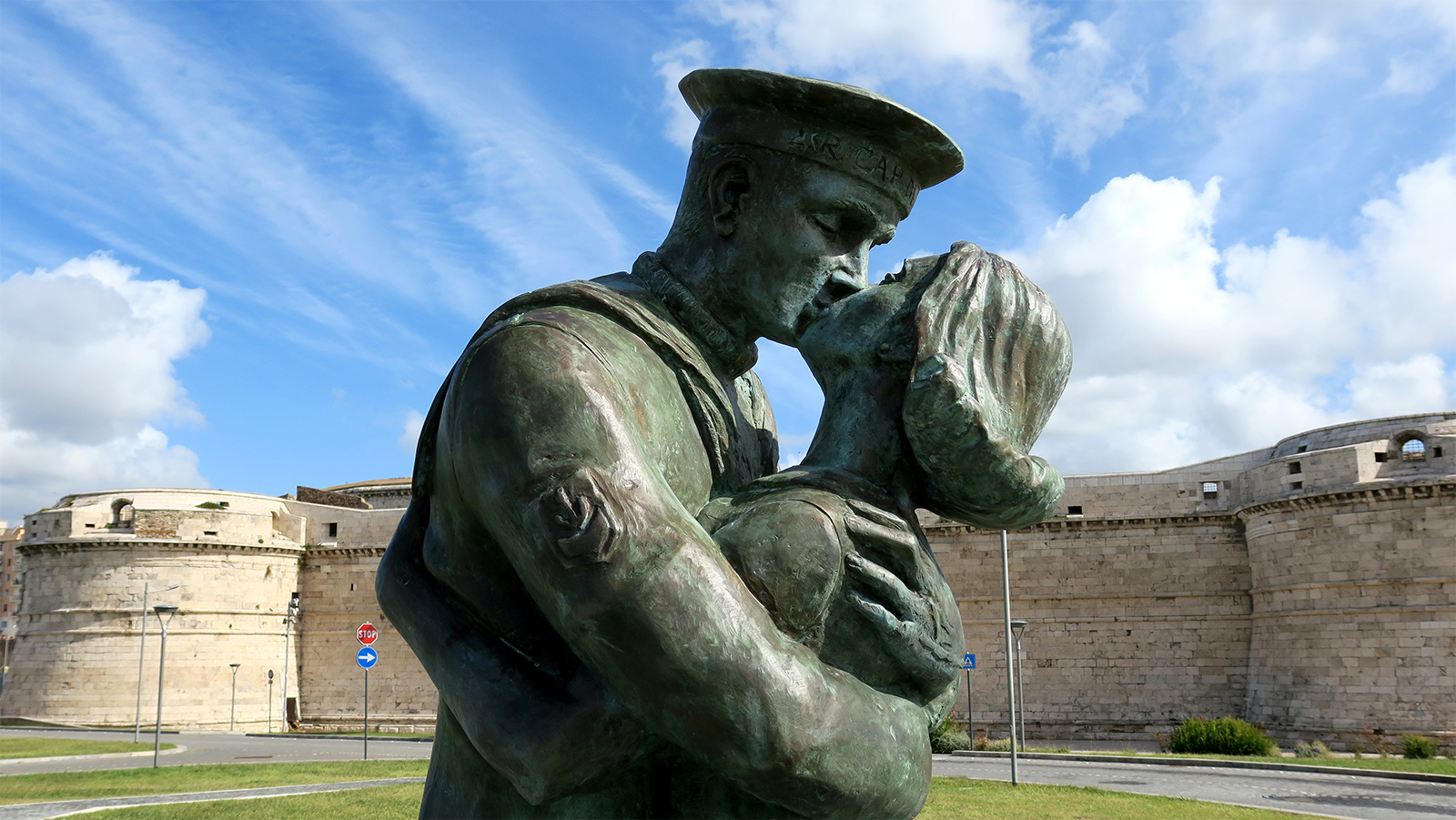
The statue “Kissing in Memory of a Port” in the foreground.
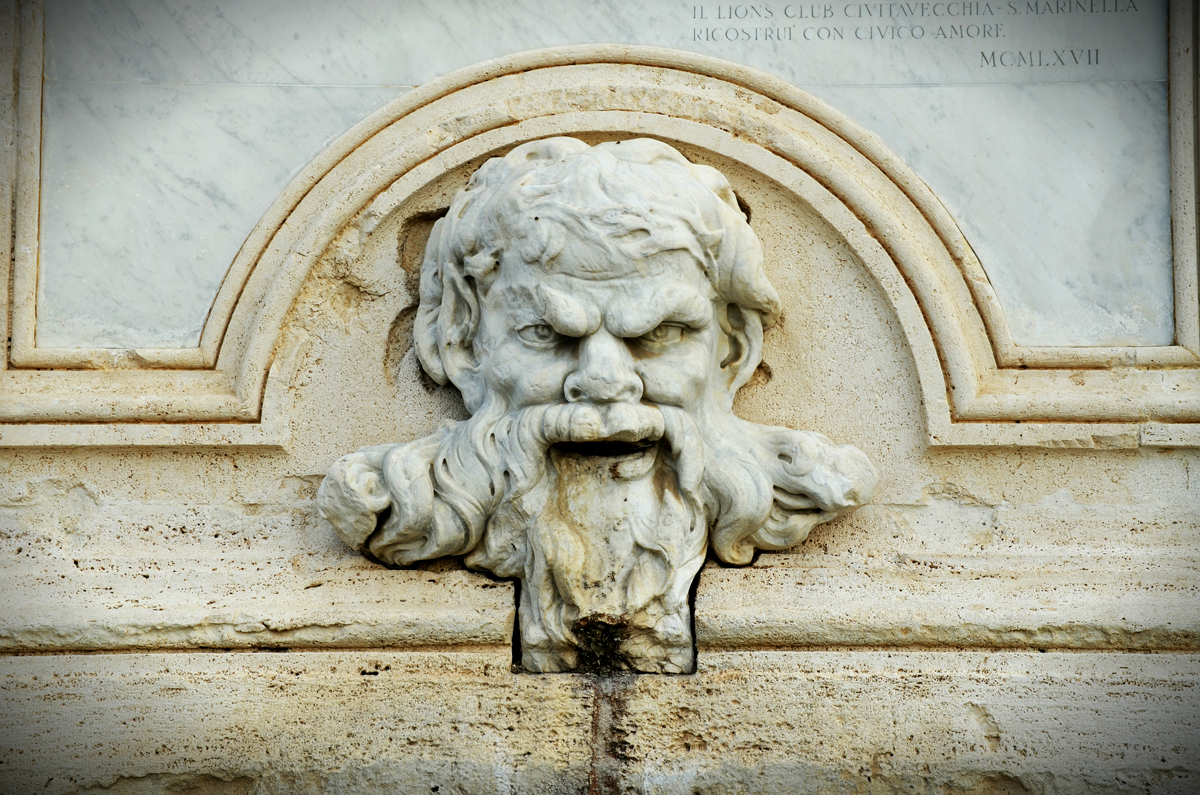
Vanvitelli Fountain
3. Behind the port, the Massive Walls of Urban VIII isolates it from the rest of the city. The Walls are a majestic brick work that encloses the charming Vanvitelli Fountain.
Sponsored by Pope Benedict XIV, the fountain is completely built from travertine, and represents the head of an old faun, from which mouth come out water.
It's one of the best preserved monuments of Port with the enigmatic gaze of the old faun who always manages to capture every visitor!
4. A bit further, to the West, there is Porta Livorno, old entry to the city, built by will of Pope Clemens XIII.
Thegate almost completely destroyed after the bombings of 1943, has been recently reconditioned and restored to its old architectonical splendour.
The gate ows its name to the fact that it looks towards the homonymous Tuscan city and it's the demonstration of the Church interest on the development of the Port of Civitavecchia, considered a strategic garrison on the Tyrrhenian Sea.
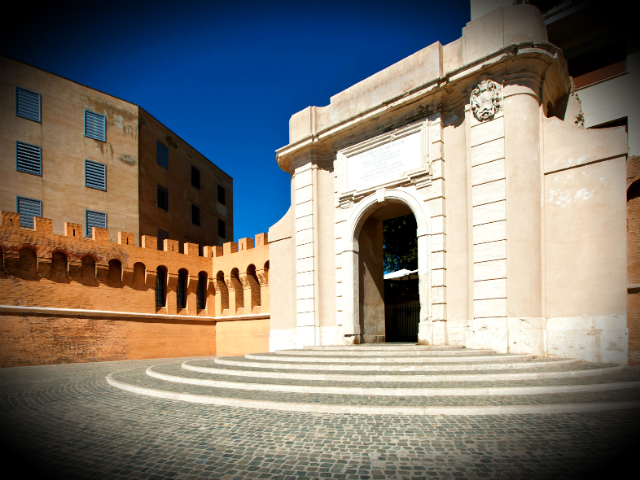
Porta Livorno
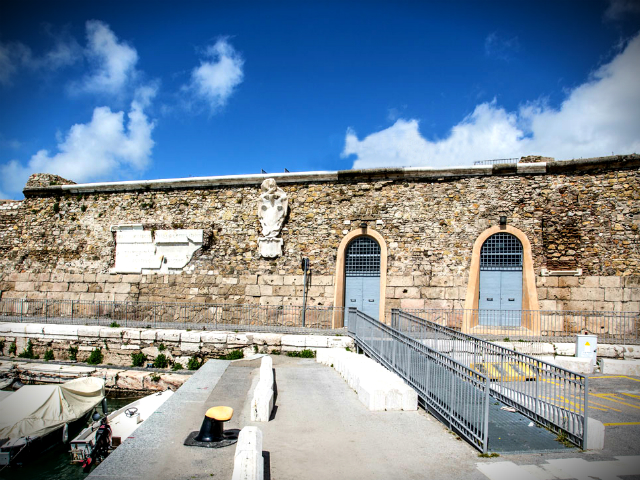
The old Rock of Civitavecchia
5. Near Porta Livorno, there is the Ancient Rock of Civitavecchia, a real castle, built around 1400 under the pontificy of Pope Callixtus III.
The Rock built vertically on the Roman dock, besides assuring the control of the port, it represented an important communication key point with Rome.
Also due to that, the Rock was the focus of several clashes between the Roman Empire and the Church until 1432, when Civitavecchia was conquered by Pope Eugene IV, becoming property of the Papal States.
6. Within the Darsena Romana of the Port of Civitavecchia, precisely behind the walls of the Old Rock, you can admire the beautiful reconstruction of a part of a Liburna, ancient war ship of the Roman fleet.
The galley, accurately life-size reproduced grandezza naturale (scale 1:1), is a result of the hability and mastery of Commander Mario Palmieri, director of the experimental archeology department CANS LANS, who has been involved for years in the study and reproduction of Roman ships, according to the building techniques and technologies of the time.
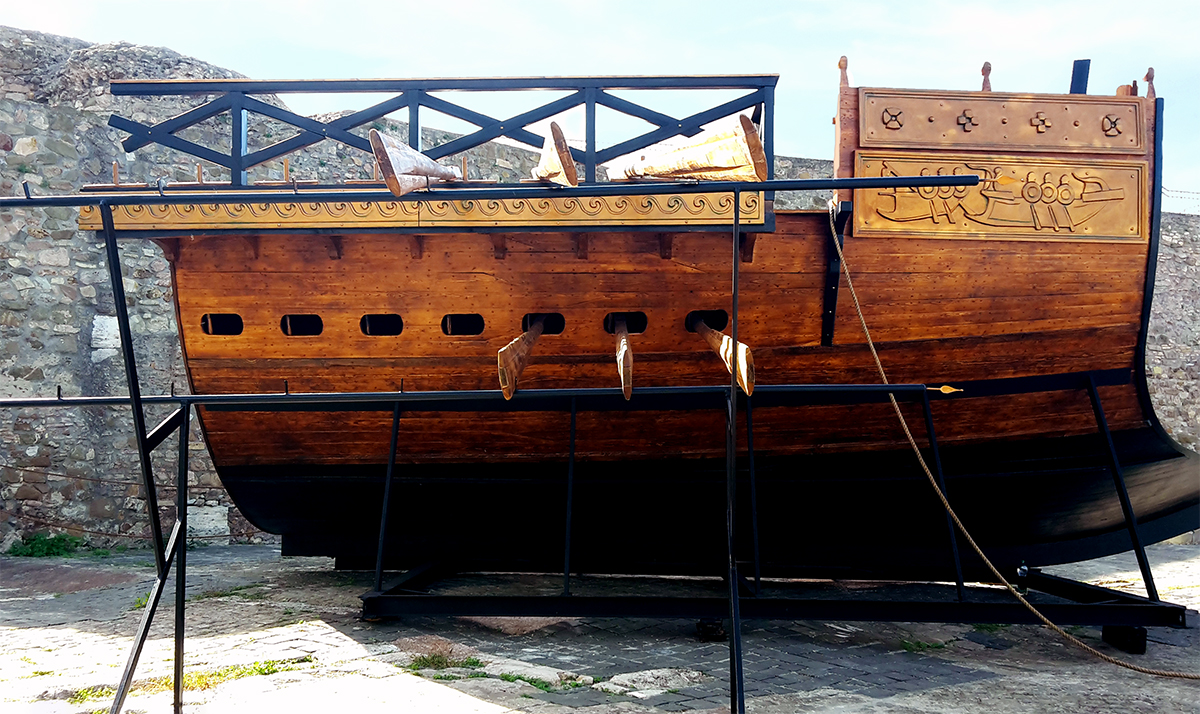
Liburna, ancient war ship of the Roman fleet
7. If you proceed ahead along Calata della Rocca, you find yourself inside the Roman Dock, the innermost and oldest part of the Port of Civitavecchia, a small port of rectangular shape, in the past protected by the walls of the Old Rock and today communicating with the rest of the port through a passage dug into the rock.
Designed almost 2000 years ago by the great architect Apollodorus of Damascus, the Dock served mainly for the Roman Ships of the imperial fleet to stop and restock.
To know more read this article.
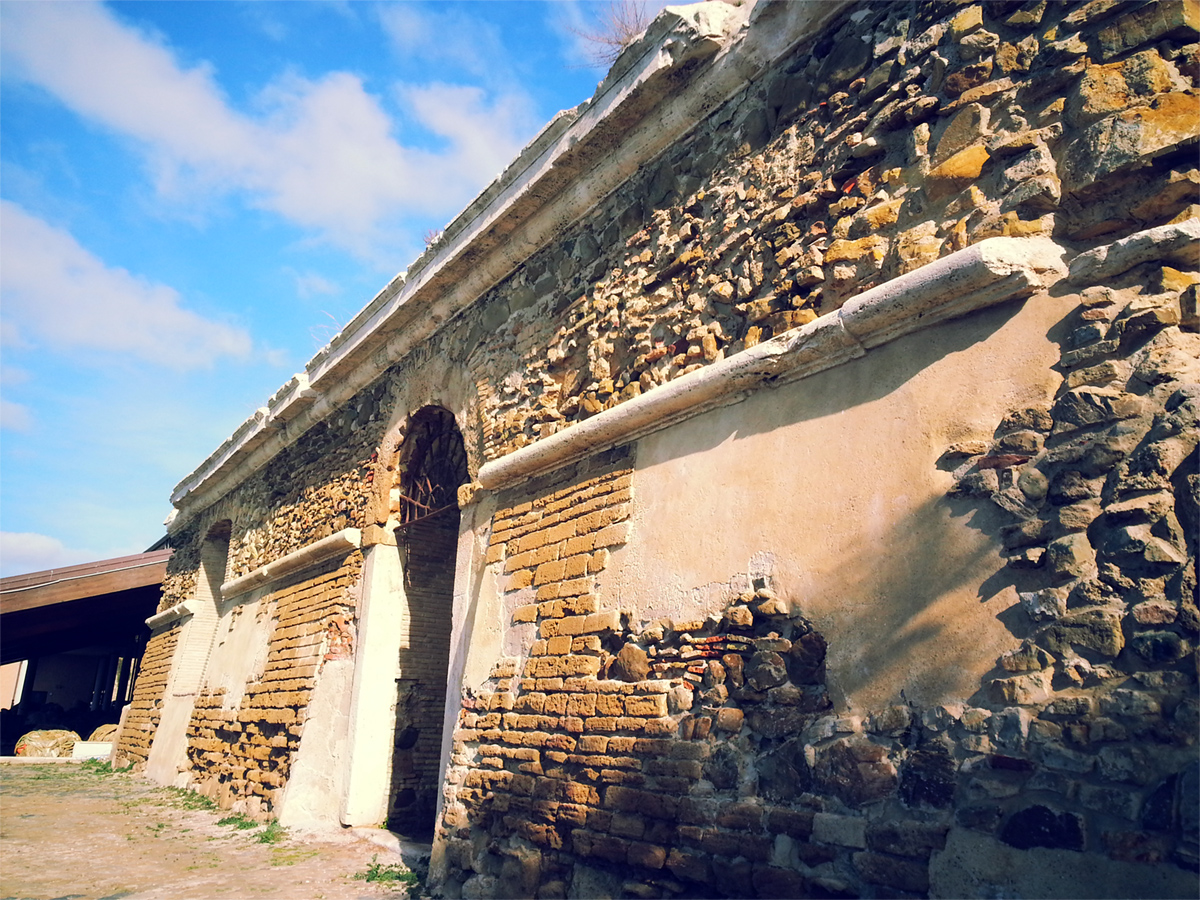
The Roman Dock of Civitavecchia - Ancient Roman walls ruins
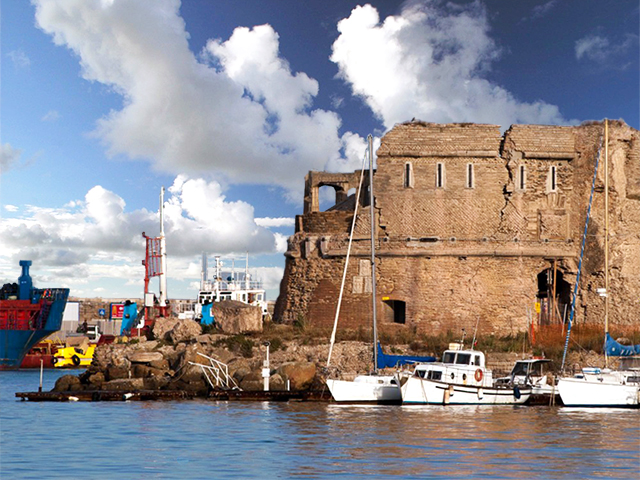
Lazzaretto's Mole
8. Continue now along Calata della Rocca passing by the fishing boats and you will find yourselve next to the big roundabout with the statue of emperor Trajan in the middle.
To get to the last stop of our itinerary, walk alongside the walls on your left until getting about to the opposite side of the Rock on the Pier San Teofanio.
Here, on your right, you can admire one of the most evocative and old monuments of the city: we are talking about the Fortino di San Pietro better known as Molo del Lazzaretto.
Our visit ends here; but before going back, stop for a while to take some pictures and to enjoy the terrific views over the Ancient Port of Civitavecchia.
Have we forgotten anything? Leave your comments and suggestions! If you liked the itinerary, share it with your friend on Facebook, Instagram and Twitter.



 PORT MOBILITY CIVITAVECCHIA
PORT MOBILITY CIVITAVECCHIA








